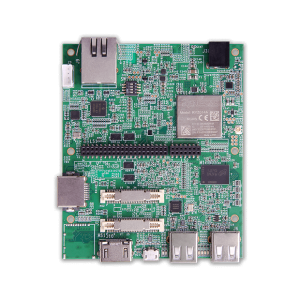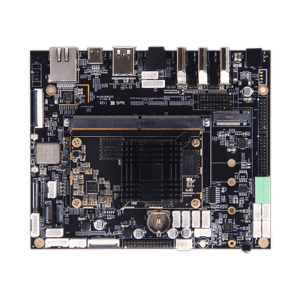What Is a System on Component (SOM) and Why Does It Subject?
What Is a System on Component (SOM) and Why Does It Subject?
Blog Article
Benefits of Process on Component for High-Performance Applications
Creating a new product often requires long timelines, intricate patterns, and substantial source investment. For firms seeking to accelerate this method while sustaining top quality criteria, a ARM SOM gift suggestions an progressive solution. That small element not only simplifies the progress process but in addition assists increase item growth cycles without reducing functionality or reliability.

SoM: A Creating Block for Efficient Product Growth
A System on Element (SoM) is just a complete research module that encapsulates all the parts needed to operate a particular application. It usually includes a model, storage, storage, and other crucial peripherals such as connection options and communication interfaces. The important thing advantageous asset of an SoM is its compact measurement, which makes it simple to incorporate into any product design.
Streamlining Product Progress with SoMs
Historically, creating a new product requires designing and developing every part from scratch. This process can be time-consuming and resource-intensive, particularly for complicated products.
What's a Program on Module
A Program on Module, often abbreviated as single board computer manufacturer, is a lightweight, incorporated enterprise that comes pre-loaded with essential components like a microprocessor, storage, power management, and often actually connection options. Think of it as a pre-built base for the solution, letting developers to concentrate on unique functionalities without reinventing the wheel.
Why Process on Component Advantages Item Development
Here are a few ways a Process on Module somewhat increases the product growth process.
Simplifies the Design Process
Developing a custom table from damage requires time-consuming jobs like selecting components, planning the enterprise, and testing hardware. By adding numerous key functionalities, an SoM simplifies that process. Developers can focus on developing the initial aspects of their product rather than worrying all about low-level hardware complexities.
A good example worth considering is in IoT devices. Rather than designing every part, designers can use an SoM to incorporate essential IoT operates rapidly, decreasing the overall time for you to market.
Diminishes Risk
Custom equipment design inherently bears risks of problems and delays. Debugging and ensuring element compatibility can move timelines. An off-the-shelf System on Component is pre-tested for functionality and stability, lowering likelihood of errors and ensuring a well balanced foundation. Designers may confidently construct upon this without worrying about the basics.
Reduces Costs
While upfront charges of an SoM might appear greater than some components, it ultimately saves time and reference allocation, lowering costs in the long run. Also, the availability of widely-used adventures guarantees scalability without requesting constant redesigns.
Speeds Up Prototyping

Quick prototyping is required for businesses striving to iterate quickly and match market demands. An SoM helps quicker prototyping by giving a ready-to-use foundation. Groups can fast build a model, test efficiency, and make improvements without looking forward to considerable electronics style cycles.
Helps Maintenance
System on Segments are made to present long-term help, which ensures compatibility around time. Improvements or changes to the component do not require a total upgrade, further accelerating future solution iterations.
Empowering Quicker Innovation
Adopting a Process on Module may revolutionize how goods are developed. By lowering style complexities, reducing dangers, and permitting scalability, businesses can provide impressive options more efficiently. For industries wherever time to advertise is a important full for achievement, establishing an SoM to the progress process is really a game-changing strategy. Report this page